Understanding Holy Days of Obligation: A Guide to 2023 Observances
Related Articles: Understanding Holy Days of Obligation: A Guide to 2023 Observances
Introduction
With great pleasure, we will explore the intriguing topic related to Understanding Holy Days of Obligation: A Guide to 2023 Observances. Let’s weave interesting information and offer fresh perspectives to the readers.
Table of Content
Understanding Holy Days of Obligation: A Guide to 2023 Observances
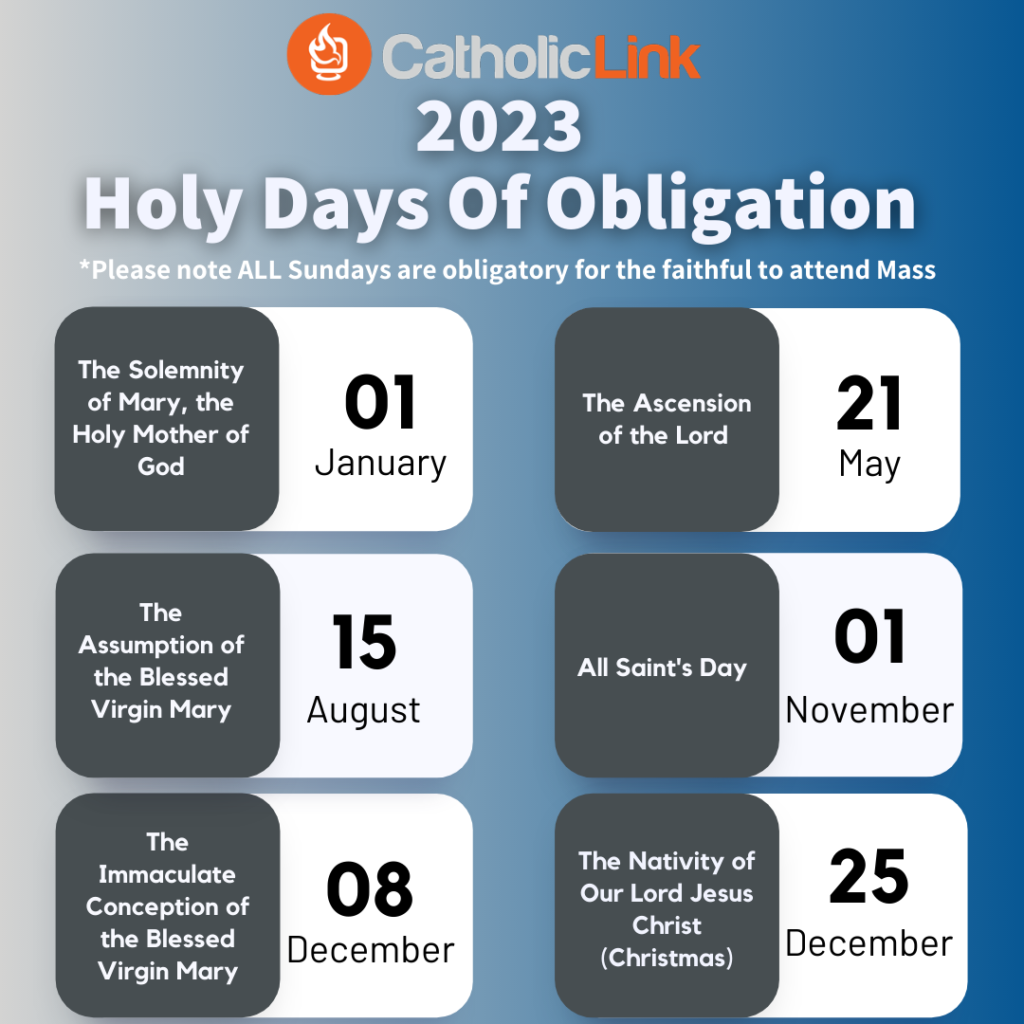
The Catholic Church designates certain days throughout the year as "Holy Days of Obligation," emphasizing their significance within the liturgical calendar. These days are set aside for special prayer, reflection, and celebration, encouraging the faithful to actively participate in the life of the Church. This article delves into the upcoming Holy Days of Obligation in 2023, providing a comprehensive understanding of their historical background, significance, and practical implications for the faithful.
The Essence of Holy Days of Obligation
Holy Days of Obligation are not merely holidays, but rather specific liturgical days that call for a deeper engagement with the Catholic faith. They are occasions to commemorate pivotal events in the life of Jesus Christ, the Virgin Mary, or other prominent saints. These days are distinguished by the requirement to attend Mass, a practice that underscores the importance of communal worship and the strengthening of the bond between individuals and the Church.
Upcoming Holy Days of Obligation in 2023
The following Holy Days of Obligation are scheduled for 2023:
- The Solemnity of Mary, Mother of God (January 1): This day marks the beginning of the liturgical year and celebrates the Virgin Mary’s role as the Mother of God. It commemorates the birth of Jesus Christ and the Incarnation, highlighting Mary’s pivotal role in the history of salvation.
- The Ascension of the Lord (May 18): This day celebrates the ascension of Jesus Christ into heaven forty days after his resurrection. It signifies the triumph of Christ over death and his return to the Father, offering a powerful reminder of the hope of eternal life and the promise of Christ’s second coming.
- The Solemnity of the Most Holy Body and Blood of Christ (Corpus Christi): This day, celebrated on the Thursday after Trinity Sunday (June 8 in 2023), focuses on the Eucharist, the central sacrament of the Catholic Church. It emphasizes the real presence of Christ in the Eucharist and encourages the faithful to reflect on the profound mystery of the sacrifice of the Mass.
- The Assumption of the Blessed Virgin Mary (August 15): This day celebrates the bodily assumption of the Virgin Mary into heaven. It highlights Mary’s role as the Queen of Heaven and her unique relationship with God. It also offers a powerful reminder of the hope of resurrection and the ultimate victory over death.
- All Saints’ Day (November 1): This day honors all the saints of the Church, both known and unknown. It celebrates the communion of saints and reminds us that we are all called to holiness. The day encourages the faithful to reflect on the lives of those who have gone before us and to strive for holiness in our own lives.
- The Immaculate Conception of the Blessed Virgin Mary (December 8): This day commemorates the conception of the Virgin Mary without original sin. It highlights the exceptional grace granted to Mary, preparing her for her unique role as the Mother of God.
The Significance of Holy Days of Obligation
These days are more than mere calendar entries; they serve as vital pillars of the liturgical year, offering opportunities for:
- Deepening Faith: The liturgical celebrations, particularly the Mass, provide a space for reflection, prayer, and a renewed commitment to the teachings of the Church.
- Strengthening Community: The shared experience of communal worship fosters a sense of unity and belonging among the faithful, reminding them of their interconnectedness within the Church.
- Celebrating God’s Grace: Each Holy Day of Obligation commemorates a specific event or person that highlights God’s love and grace, encouraging gratitude and a deeper appreciation for the mysteries of faith.
- Living a Holy Life: These days encourage the faithful to examine their lives and strive for holiness, inspired by the example of the saints and the teachings of the Church.
FAQs Regarding Holy Days of Obligation
1. What are the requirements for fulfilling the obligation of attending Mass on a Holy Day of Obligation?
The obligation to attend Mass on a Holy Day of Obligation applies to all Catholics who have reached the age of reason (generally considered to be around seven years old) and are not physically or mentally incapacitated. The Mass must be attended at a Catholic Church.
2. What if I am unable to attend Mass on a Holy Day of Obligation?
If you are unable to attend Mass due to illness, disability, or other serious reasons, you are excused from the obligation. However, it is still recommended to find alternative ways to participate in the liturgy, such as praying at home or listening to a Mass broadcast.
3. What are the consequences of not fulfilling the obligation to attend Mass on a Holy Day of Obligation?
The Church considers the failure to attend Mass on a Holy Day of Obligation a serious sin. However, the Church emphasizes the importance of personal conversion and reconciliation. If you miss Mass without a valid reason, it is important to seek forgiveness through Confession.
4. Can I attend Mass at a different time on a Holy Day of Obligation?
While the obligation to attend Mass is fulfilled by attending any Mass on the Holy Day of Obligation, it is encouraged to attend the Mass specifically celebrated on that day, as it typically includes special readings and prayers.
5. Are there any exceptions to the obligation to attend Mass on a Holy Day of Obligation?
The obligation to attend Mass is generally binding on all Catholics, but there are some exceptions, such as those who are seriously ill or those who are traveling far from home. It is always advisable to consult with a priest or a local parish for specific guidance.
Tips for Observing Holy Days of Obligation
- Plan Ahead: Mark the Holy Days of Obligation on your calendar to ensure you have ample time to prepare for attending Mass.
- Participate Actively: Engage in the liturgy by singing hymns, praying, and reflecting on the readings.
- Reflect on the Meaning: Take time to consider the significance of the day and how it relates to your own life.
- Share the Faith: Invite friends and family to join you in celebrating the Holy Day of Obligation, sharing the beauty of the Catholic faith.
- Seek Grace: Pray for the graces associated with the specific event being commemorated on the Holy Day of Obligation.
Conclusion
The Holy Days of Obligation stand as vital reminders of the richness and depth of the Catholic faith. They provide opportunities for the faithful to engage in communal worship, deepen their connection with the Church, and celebrate the pivotal events and figures that have shaped the history of salvation. By embracing these special days with prayer, reflection, and active participation, Catholics can cultivate a deeper understanding and appreciation for the mysteries of faith, strengthening their bond with God and the Church.
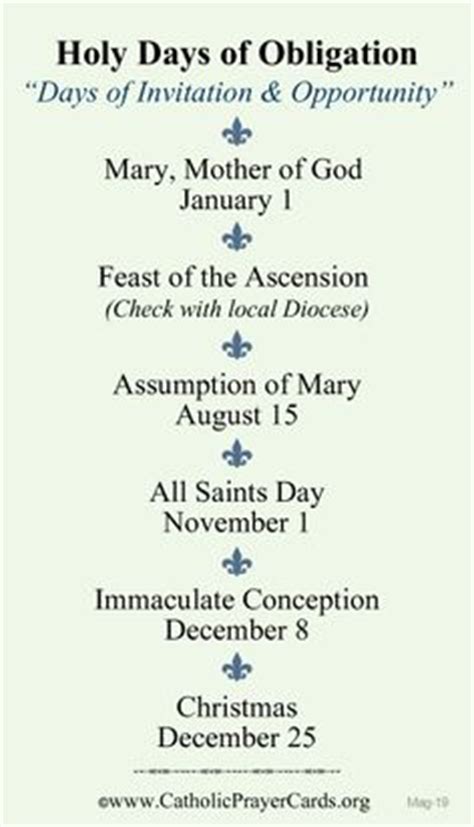
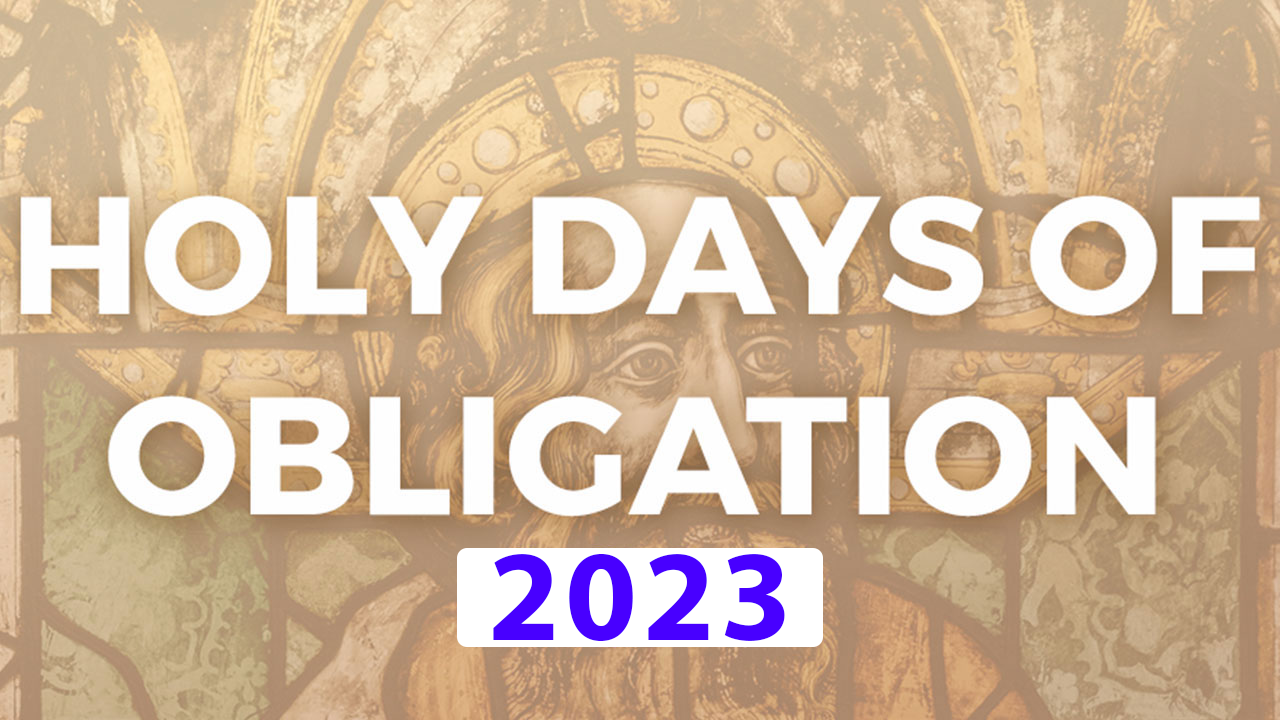
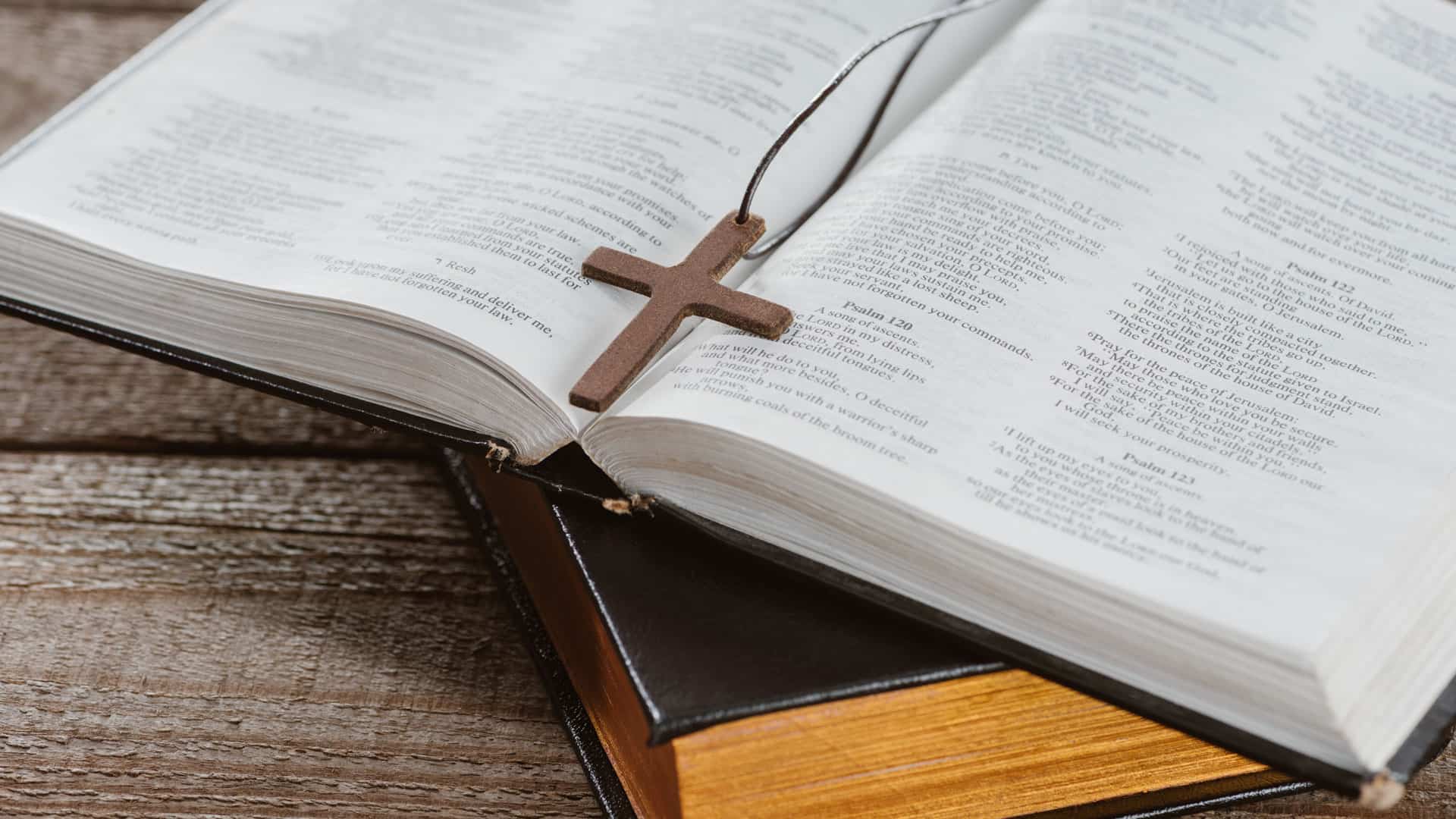



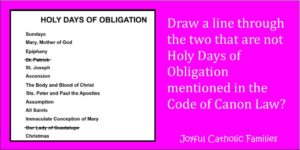
![]()
Closure
Thus, we hope this article has provided valuable insights into Understanding Holy Days of Obligation: A Guide to 2023 Observances. We thank you for taking the time to read this article. See you in our next article!